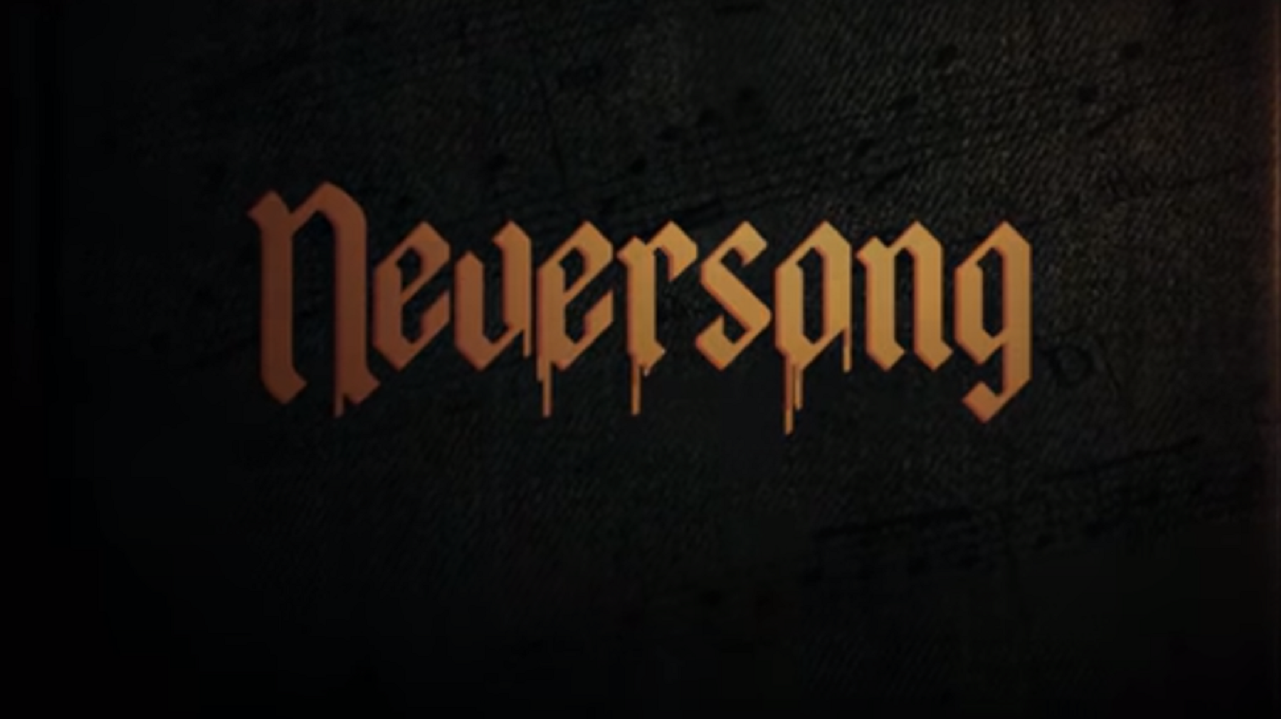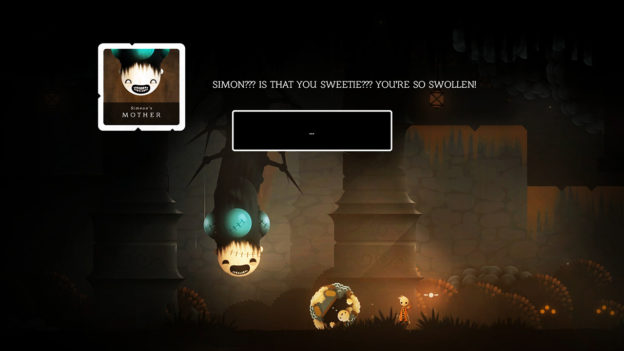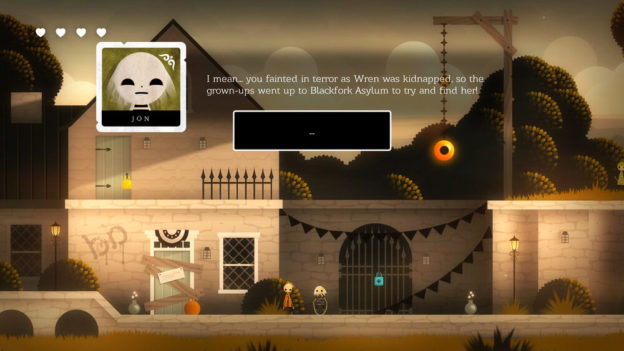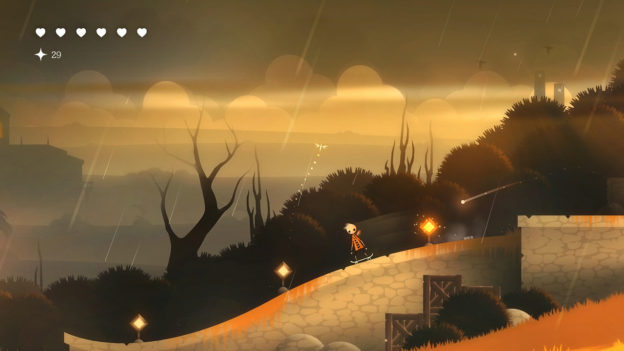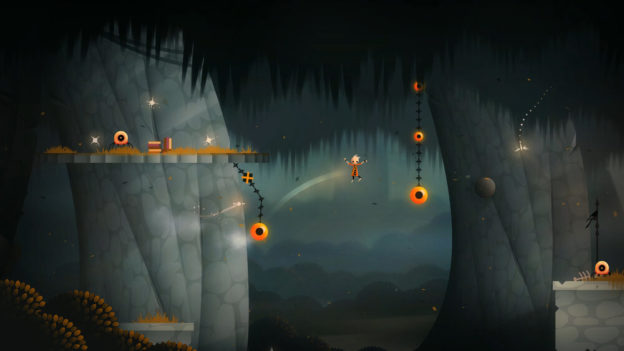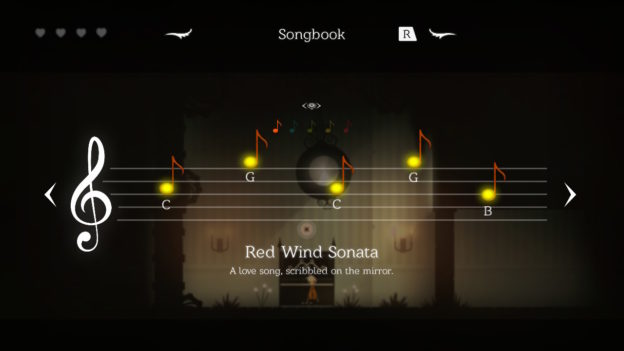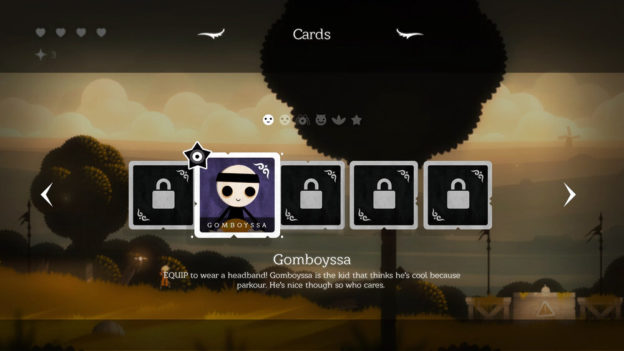Neversong is a Nintendo Switch indie release that manages to leave a stimulating impression, not just during gameplay but also after the closing credits roll. I’m sure that sounds cliched, but it’s my honest opinion. I suspect, for an ample number searching for a compelling game, it’s also a probable selling point.
This game shares some similarities to the developer’s previous title, Pinstripe. Both are shorter adventures (through six levels), involving a search for a missing love one. Both have a Tim Burton-esque gloomy atmosphere and voice acting.
What separates Neversong (also launching at $14.99) from Pinstripe is an exceptionally superior setting. Instead of the developer’s interpretation of hell, it stems from something that can be readily understood, the lead character’s coma. Previously, this game was called Once Upon a Coma, giving some insight into what it entails.
The setting, themes, and minor variants thereof, while not prevalent, are ones I’ve seen in a few games prior. But Neversong stands apart in how its journey is open to interpretation. I certainly won’t spoil it, but I have multiple explanations and feelings on how young Peet’s story plays out.
Peet’s girlfriend, Wren, is missing, along with many grownups. Redwind Village, and its surrounding locales it connects, are now something of a Neverland. Peet’s young associates are an interesting lot. At some points, it’s explicitly evident they’re kids. Other times, they express adult-like qualities. The fact that the voice acting can range widely further muddies the waters. But the vocals add a lot to the game, and notably helps the supporting cast have an impact.
Over time Peet gains a variety of moves, helping him in dealing with the dangerous, monstrous threats, and opening new areas for exploration. The battles, with his trusty spiked bat, manifest respect for your time. Many are optional, but you can earn additional hearts by not bypassing these. The more significant battles, with voiced bosses, are creepy and varied. There’s not a dud in the whole bunch! One even breaks the fourth wall a couple of times, making me smile, but I don’t think I’ll elaborate. It gives some clarification when it comes to perceiving what everything’s about in the world of Neversong.
One of the biggest helping hands for Peet is his pet bird. Fully voiced, like the kids, she doesn’t seem overly offbeat in the context of this world. Sometimes she’ll aid you by carrying an item needed for a puzzle. Other times she’ll no more than deliver the occasional comment. But even in passive moments, she’s beneficial insofar as she makes Peet’s actions, his search for Wren, feel less lonely.
Let’s talk about aesthetics for a bit. This game undoubtedly has some of the best lighting design I’ve ever seen in an indie title! It sparks beguiling art that successfully masks what could otherwise be, by and large, depressing in tone. Other times, the designs are effectively creepy. For the most part, nothing presents in gratuitous ways – this isn’t a Mature game – but some choices make me genuinely think that Neversong’s E10+ rating should’ve been a Teen one.
Along with the art, the music is expressive. The piano leads the way in setting the mood, but it’s not just for listening to; it’s a prime part of moving the game forward. It makes new areas accessible, while also fitting whichever locale Peet currently inhabits. As an example of how these tunes engage the senses, the early Redwind Village track has almost an air of carefree buoyancy to it. But, it’s coupled with a subtle melancholy undercurrent of what’s to come down the line. In comparison, the Neverwood Cemetery has a distinctly menacing composition, complete with eerie sound effects.
How much will I replay this one is a fair question to ask. The weighty topics Neversong tries to address don’t necessarily lend themselves to replay in a wide-ranging sense. But as soon as the lengthy Kickstarter credits finished, I wanted to revisit the game. So many details can take on greater meaning with the ending known, helping to answer remaining questions. There were also numerous collectible cards that I missed initially, plus a couple of other surprises. While the game did end sooner than hoped, the shorter length didn’t negatively impact my satisfaction. It makes my imminent replay undaunting. Come what may, the core experience of Neversong remains strong.
Neversong is a highly effective release in so many ways. The standout framework and subsequent story building leave room for interpretation, and the apt aesthetics go well beyond mere window dressing. You don’t see one-man studio releases of this high quality very often. Nearly everything falls into place in the best way imaginable.
Review: Neversong (Nintendo Switch)
Great
Neversong is a highly effective release in so many ways. The standout framework and subsequent story building leave room for interpretation, and the apt aesthetics go well beyond mere window dressing. You don’t see one-man studio releases of this high quality very often. Nearly everything falls into place in the best way imaginable.

